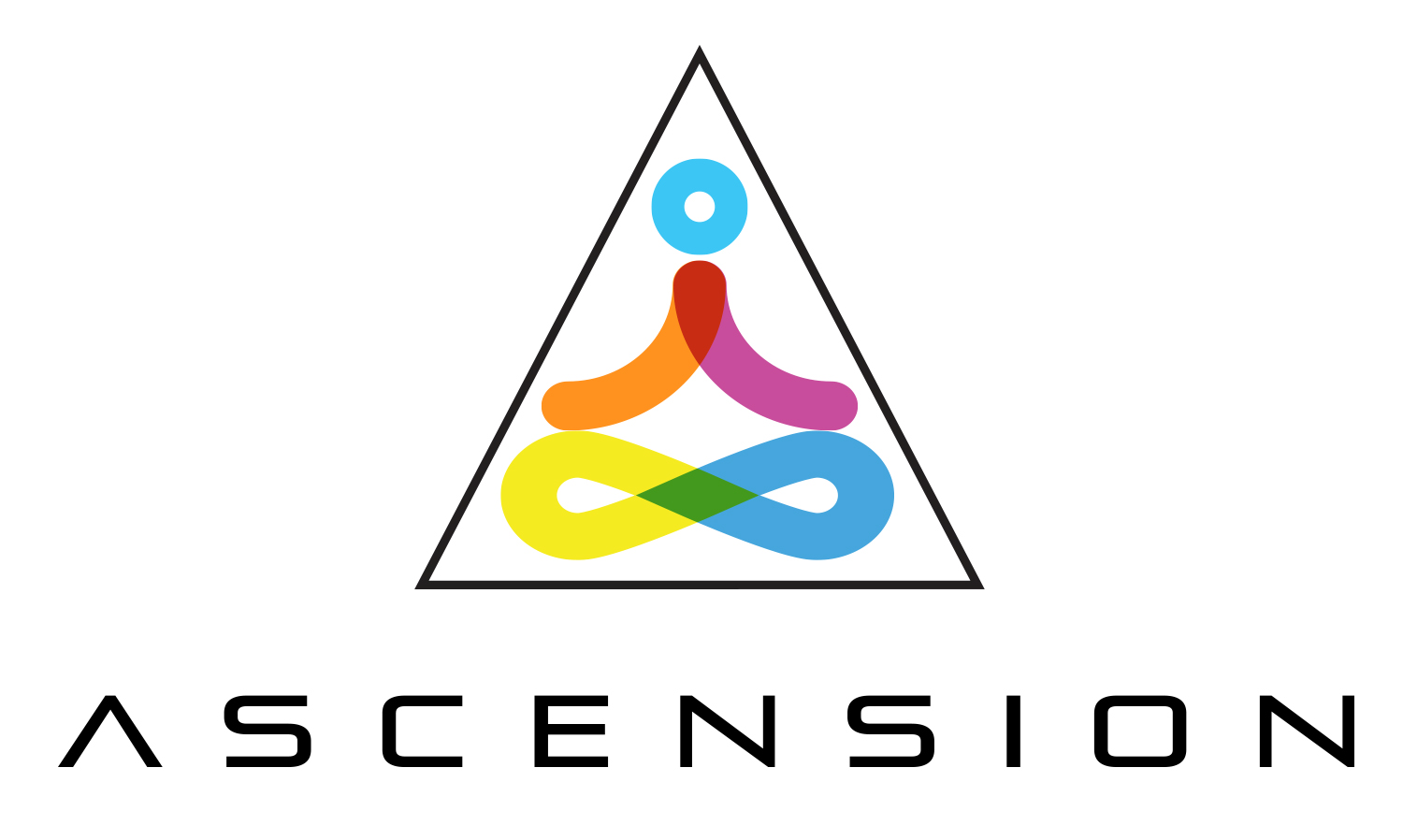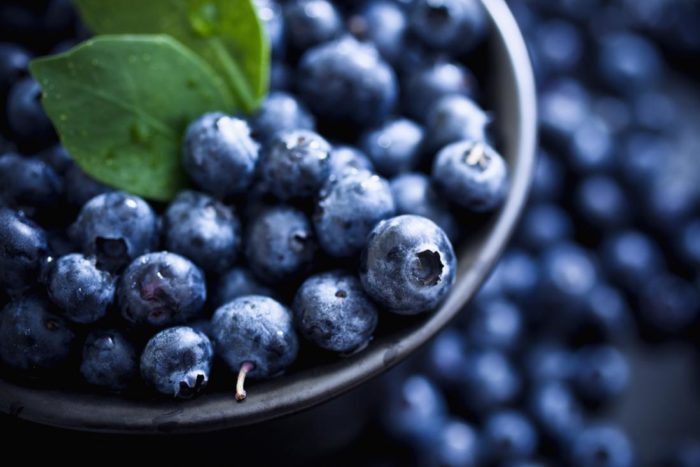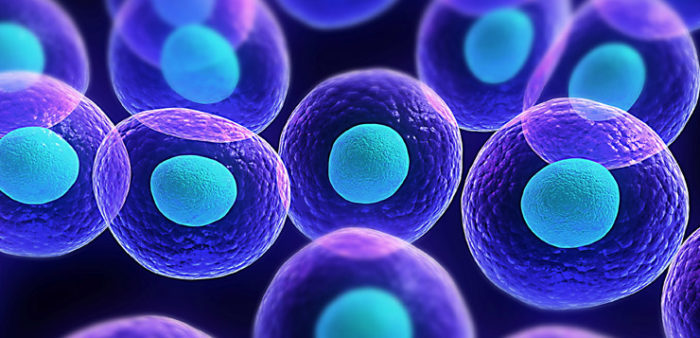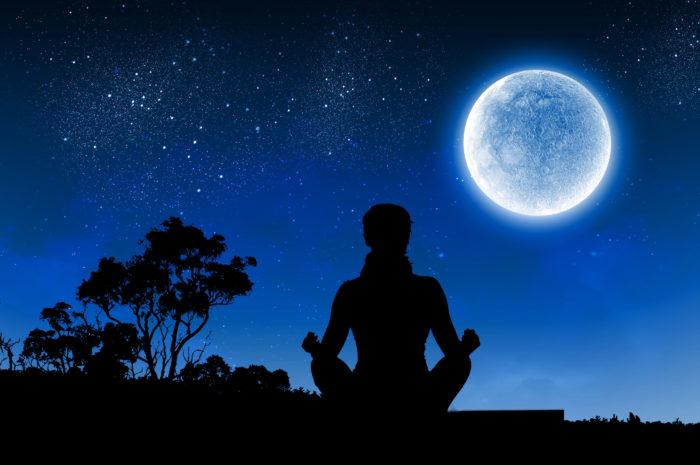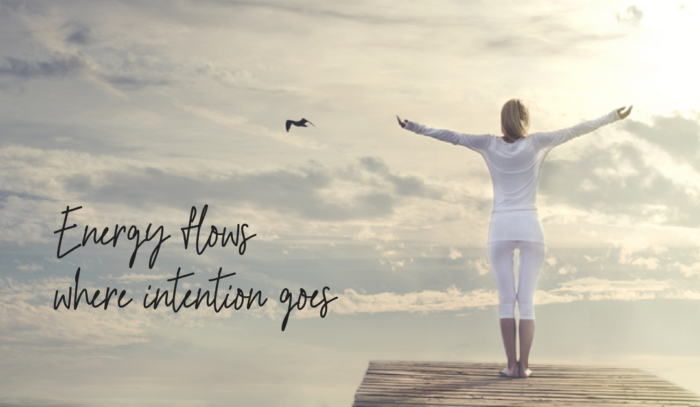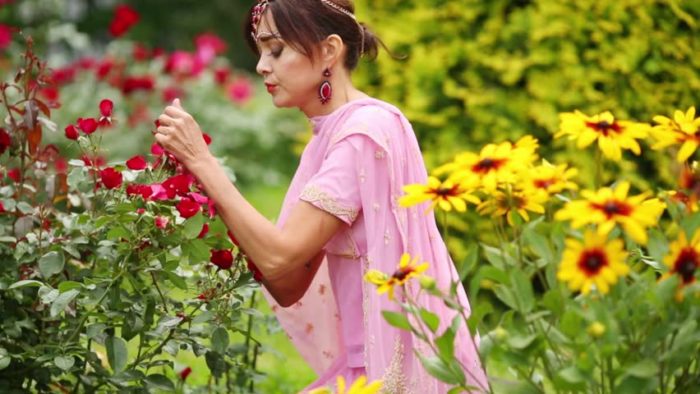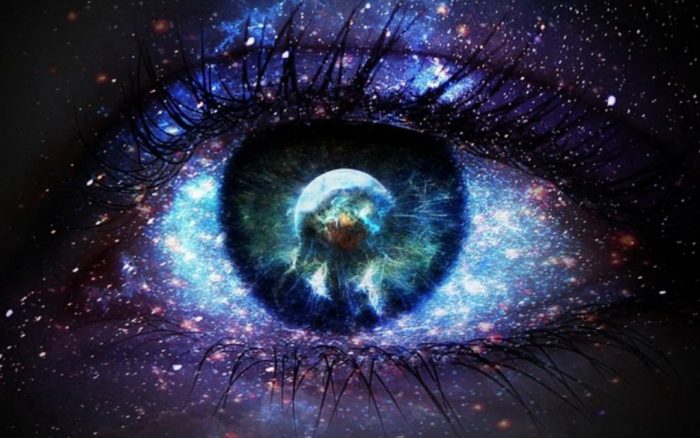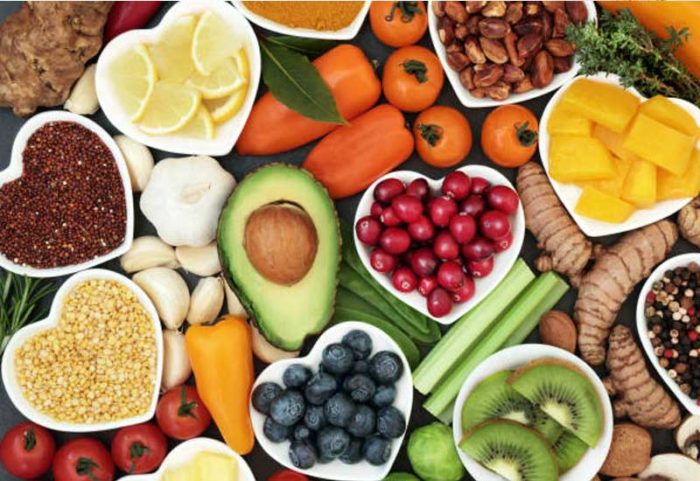
If you are interested in maintaining your physical health without neglecting your mental health as you age, then self-care should be a critical aspect of your daily life. However, it can be difficult to know where to start. Changing your diet is one of the most effective changes you can make in your everyday routine that will prove to have a lasting impact, both in the immediate short-term and across the years and decades to come.
Here are some ways you can begin to change your eating habits, ideas for maintaining a healthy eating routine in the long run, and cooking ideas to keep it entertaining for yourself.
Start with small alterations to your existing habits
Changing your habits is all about making small alterations to your current schedule that eventually add up to an entirely new routine. While you may know that following a whole-food plant-based diet consisting of mostly vegetables is one of the best ways to ensure your overall health, it can be difficult to jump in without getting accustomed to your new habits. To begin, try swapping out one meal a day with healthier food. Be sure to use minimal amounts of sugar and salt, or none at all. As you get used to this routine, add another healthy meal, and so on until your entire routine is that much better for you.
Adjusting your portion sizes
The size of the portions you consume are almost as important as the quality of the food you consume. Many people in Western cultures are accustomed to almost comically large portions focused on providing good value for their money, where they have enough food to eat past feeling full.
As you begin your healthy eating journey, new portion sizes may seem small by comparison. Eating healthier, smaller portions will help you feel full for longer, without the uncomfortable, overindulged feelings that accompany eating too much. Although there are many ways to get started, you can easily take control of your portion sizes by signing up for a service that delivers fresh food to your home. Not only will you receive great food, but you also won’t have to find the time to take that trip to the local market after work.
Establish a culinary routine you will maintain
The specific time you eat your largest meal of the day doesn’t really matter, nor does the frequency at which you consume meals. While there is a small amount of evidence to suggest that several smaller meals throughout the day may be slightly better for your system than the traditional three square meals a day, what is far more important is that you establish a routine you are likely to maintain over a long period of time. Regularity, maintenance, and your own dedication to your diet are what will ultimately help you to become a healthier person.
Broaden your picture of self-care
Adjusting your eating habits can help you feel fitter, sleep better, and have an overall effect on your mood. But food is only one part of the self-care puzzle. It’s also important to have a healthy way to deal with stress. There is a strong correlation between chronic stress at work and substance abuse, so it’s crucial to find healthy coping mechanisms to deal with feelings of being overwhelmed.
Exercising is one of the best ways to battle stress, and it has been repeatedly shown to help as a natural mood booster. If pain or soreness contribute to a lack of exercise, look for ways to lessen the pain and reduce inflammation. For example, CBD is a great supplement to consider to help you get moving and recover more quickly from a workout, and research points to this being a solid option to reduce inflammation. If a workout session isn’t possible to squeeze in, whether due to your schedule or physical condition, a simple meditation routine can do wonders for your mood, and they’re easy to do at home. Simply set aside part of a room that doesn’t see a lot of foot traffic, clear it of electronics, add a mat and a few pieces of calming decor, and follow a guided practice. Even five or 10 minutes can give you a mental health boost.
Self-care is ultimately about finding a way to deal with the stresses of daily life. Healthy eating, used alongside exercise and a regular routine, can significantly help you feel physically and mentally better each day.
Author, Ascension Lifestyle Contributor:
Stephanie Haywood of mylifeboost.com.
Photo Credit: iStock

